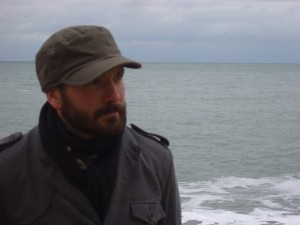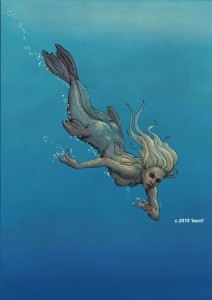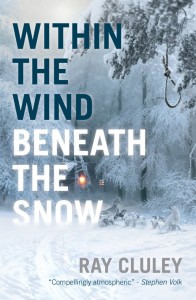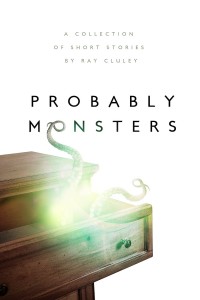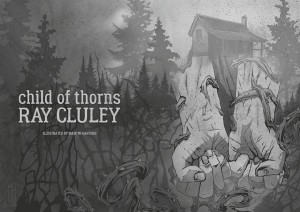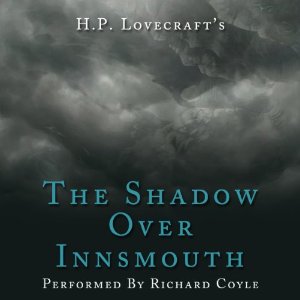It’s Women in Horror Month, and as usual, we’re mildly conflicted. After all, extremely talented women are writing, painting and sculpting the weird the whole year round. And at greydogtales, we believe in showcasing the work of creative people you may not know irrespective of their gender. Or even species, come to that. Chilli, our alpha female longdog, would have it no other way.
But we also sort of agree with the idea, so this is our compromise. Our Scary Women features have the virtue of being repeatable whatever the month, signposting cool writers, and leaving a bit more room for discussion about gender and writing at the same time. One day we’ll get round to asking men some gender-related questions, in a new series. Confused Men, perhaps. We wonder if anyone will volunteer for that one? Hmmm.
We’re delighted to be joined today by two great UK authors, Victoria Leslie and Laura Mauro. You may have seen their short stories already – you’ll certainly see more of them in the future. Laura and Victoria were first suggested to us by author Nina Allan, who wrote an excellent and detailed piece about women in horror – and about embracing new talent in general – not long ago. If we can find the link, we’ll add it at the end.
Here we go…

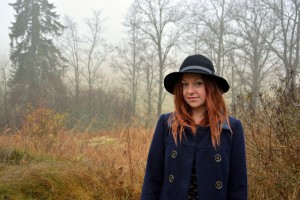
greydog: Welcome to both of you. Let’s start with the overall view as we did in the last Scary Women. The markets, and to some extent the fans, often like to label their favourite authors. Gothic, urban fantasy, dark fantasy, paranormal and so on. What do you call the genre(s) in which you write, regardless of other people’s labels?
laura: It’s simplest to say that I write horror, although I notice that when I speak to people who don’t really read within the genre that the ‘horror’ label comes with a lot of assumptions. I suppose what I write errs on the side of ‘dark fantasy’ rather than true horror, but if it creeps people out – and I hope it does – then I think I get to sit at the horror table, even if only at the very corner.
victoria: I think of the genre I work within as dark fiction or horror. I like how broad the term speculative fiction is as it encapsulates so many facets within the genres and personally I quite like it when these overlap. I particularly like the kind of dark fiction that is showcased by publications like Shadows and Tall Trees, which categorises itself as a purveyor of weird fiction. Also journals like the limited edition Curious Tales I think demonstrate that there is a need for subtle horror, or literary dark fiction.
greydog: Why this genre? For example, if you seek to explore people’s psychology, why use dark or scary fiction to go there? If you write to thrill, why horror rather than, say, adventure stories?
victoria: I’ve always been interested in stories about the unexplained, about things on the edge of our perception. I especially liked hearing ghost stories when I was growing up and my mum sometimes used to let me watch the X Files or The Outer Limits – if she deemed it tame enough – which I think really fuelled this interest. I think the draw of writing dark fiction is that you can tap into this inherent fear we all share of what really exists out there, of what monsters and ghouls haunt us literally or figuratively. I think, compared to any other genre, dark fiction allows you to process and respond to the complexities of the human experience.
laura: I once joked that I always dreamed of writing cyberpunk but I know sod-all about technology. It’s really hard to explain why I write horror. I think it’s just more interesting to explore the human condition via the dark and the weird because those things are inherent in all of us – we just prefer to gloss over it and pretend we’re all perfectly normal. And also, with horror, there’s the freedom to colour outside the lines and bring in bizarre elements you could never get away with in, say, an adventure story. You really get to explore the strangest limits of the imagination.

greydog: Last time we featured writers from North America. Coming from the UK, do you see a difference between British and North American horror?
laura: There was a really interesting panel on this subject at last year’s Fantasycon and I remember someone mentioning that British horror seems to have a very defined sense of place. We’re fascinated by environments. We love a good ancient, crumbling house on the moors, or any place that carries with it a sense of history. The British psyche as a collective has a tendency to obsess over the past. And I think our folklore and legend is inextricable from our history – so many of the more famous ‘true’ ghost stories involve historical figures, whether it’s Henry VIII haunting Hampton Court or long-dead stage actors lurking on Underground platforms.
victoria: I don’t really see much of a difference between British and North American Horror. I enjoy the work of writers from both sides of the Atlantic. I confess that I read more work by English writers, though I don’t do this intentionally.
greydog: Were you affected by the market presence of other women already writing in the genre?
victoria: When I began writing, I’m ashamed to say I hadn’t read a lot of what you would call current genre fiction. My background is in nineteenth century literature and I was, and still am, a big reader of writers from that period, both male and female. So the women writers I was reading included, Ann Radcliffe, Edith Wharton, Mary Shelley and Vernon Lee. Since then, I’m glad to say I’ve enjoyed catching up with the work of women writers working in the genre now (and male writers too) though, as there’s a female agenda here I’ll stick to the girls: Helen Marshall, Cate Gardner, Alison Moore, Priya Sharma, Carole Johnstone…to name but a few.
laura: Personally, no. When I first started submitting stories to magazines I really had no idea of who was writing what outside of a small, selected bunch of writers I was familiar with through Black Static and Shadows and Tall Trees. So for me it was more of a ‘I like what I’m reading and want to get on that train too’ sort of situation.

greydog: We’ve heard it said that there is an area of paranormal and horror fiction which is dominated by male writers and readers, perhaps a bleaker, nastier section of the field. Do you think that’s the case?
laura: It depends on how you define bleak and nasty. I feel like there’s a tendency to consider fiction which deals with physical brutality and violence as the bleakest, nastiest stuff out there but I think that greatly underestimates the impact a well-crafted psychological story can have. You can read a story which has little to no physicality, not a single drop of blood, and emerge feeling completely emotionally drained. But if we’re talking about traditionally nasty horror…I probably have read more of these types of stories written by men – although you could question whether it really is because men write ‘nastier’ horror, or whether it’s because they have a certain confidence in submitting more extreme content whereas female writers are more inclined to hold back and reign ourselves in. Having said that, one of the nastiest (and most brutally effective) stories I’ve ever read is ‘The Guinea-Pig Girl’ by Thana Niveau, which tempered its brutality with a searing insight into what that brutality actually meant.
victoria: I completely concur. ‘The Guinea Pig Girl‘ is a really potent story. I don’t think women are less drawn to write about the more brutal side of horror but perhaps these kinds of stories appear in different kinds of publications. In terms of being a women writer, I’ve never felt a pressure to write a certain type of horror, I’ve just tried to consolidate my own voice. Also, I’ve never encountered anything but inclusivity and welcome in my writing career, the British horror scene especially is very warm and encouraging. Though as Nina Allan’s recent blog post very cogently points out, there is still a massive gender disparity in some of the leading publications, whose job it is to showcase current talent. This is a shame as there are some amazing women writers out there, which is not the impression some of these anthologies give and readers new to the genre face the task of seeking them out independently.
greydog: Nina’s piece was good – we’ve found the link and have it below. Let’s sneak down to character level. Do you feel more involved writing a female character, or does it make no difference what gender the character is?
victoria: I’ve written male and female characters. Perhaps there are some facets I can relate to more readily when writing a female character but the job of being a writer is to get inside your character’s head regardless of gender. Many of my characters are actually a bit obsessive about something, so I try to pivot character traits on these motivations, rather than to think about gender alone.
laura: I have a tendency to write female main characters, and this is partly because I want to tell stories about women – and when I say that, I mean stories in which women exist and behave and ‘do’ in exactly the same way men do, without their female-ness necessarily impacting on the plot. I don’t know how much sense that makes? I feel like there’s sometimes an onus on female writers to tell stories about the female experience, and I want to emphasise that I don’t have a problem with doing that, but I also want to normalise female protagonists in horror fiction to the point where their gender is just another feature of their character – not necessarily the driving force of their character.
greydog: The cheap way of writing so-called ‘strong’ female characters is to make them as axe-happy as the men and swear more. That may be fun, but it’s not exactly the answer. What makes a female character ‘strong’ for you?
laura: This is a great question. I have issues with the way we instinctively conflate ‘strength’ with ‘physicality’, and by extension, with ‘violence’. One thing I have a huge problem with is the way we create these ‘strong female characters’ who can fight and snark and power through life but are never, ever allowed to be flawed. They don’t get to be real people. I feel like it’s incredibly lazy – you’re not investing any time into making that person a person, with all the complexities that entails, and that means glaring imperfections, just like every other character. ‘Strong’ does not also mean ‘beyond critique’!
That’s not to say that a physically strong woman can’t also be a good character. There just has to be more to her than her ability in battle, or how unflinchingly she faces down danger. I guess what needs to be asked is, what makes a character strong? My all-time favourite example of this is Dana Scully from The X-Files. She’s determined, intelligent, physically capable, holds her own in a male-dominated environment, stands up for herself and for those she cares about. She probably saves Mulder as often as he saves her. But she’s also frustrating, bullheaded, sometimes easily led, makes bad relationship choices. She’s allowed to be vulnerable, which is important because it’s only through her vulnerability that you’re able to see how strong she can be. We don’t love her any less because she’s flawed – that’s what makes her relatable and realistic.
victoria: I think strength for both female and male characters comes from an inner strength, strength of integrity or through overcoming adversity in its many forms. I do enjoy depictions of female physical strength in popular culture, but I’m finicky about accuracy and realism. I’m turned off by women in tight outfits and silhouettes fighting bad guys but am drawn to forceful characters in literature, like Ruby in Charles Frazier’s Cold Mountain for instance, who possess resilience and fortitude and the practical skills to protect herself and others. The figure of the virago interests me very much but I think we have a long way to go to define and celebrate female physical strength that isn’t solely through a comparison to masculinity.
greydog: Cool – we’d have to agree with both of you there. Do you feel that you write primarily for a particular audience – female, male, young, old – or do you not see it that way when you’re actually getting on with it?
victoria: I’ve never felt overly concerned with the need to write for a particular audience, except in the cases I’ve been asked to contribute to a certain anthology. But even then, I’ve been driven by the need to write my story more than anything else. I just hope the readers, whoever they may be, like it.
laura: I don’t think so, no. I just write whatever comes into my head and hope that someone will enjoy it.
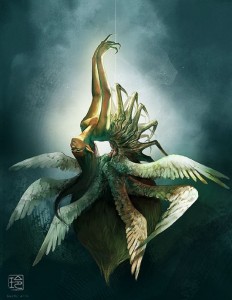
greydog: Which other female writer(s) in the field, early or contemporary, do you admire?
laura: Horror readers are extremely fortunate at the moment as there’s an absolute goldmine of fantastic female writers out there. My favourite horror novel is ‘Dark Matter’ by Michelle Paver, which is one of the only stories I’ve read that genuinely scared the life out of me. I recently read ‘White Rabbit’ by Georgina Bruce in the latest Black Static, which blew me away. There’s a list of brilliant female horror writers as long as my arm and I will inevitably accidentally leave some of them out, for which I apologise – Cate Gardner, Alison Littlewood, Thana Niveau, Helen Oyeyemi, Priya Sharma, Carole Johnstone, Lynda Rucker, VH Leslie, Sara Saab, Sarah Pinborough, Helen Marshall, Alyssa Wong, Nina Allan, Kathe Koja, SP Miskowski, Rosanne Rabinowitz. This isn’t just a laundry list of female writers – all of them have written stories which have left me thinking ‘wow, we’ve got a good thing going here’. I’d love for things to reach a point where it’s just taken as read that women write horror fiction, and good horror fiction.
victoria: Besides the writers listed above I enjoy the fiction of Daphne Du Maurier, Shirley Jackson, A.S. Byatt, Angela Carter, Doris Lessing, Sarah Waters, Nina Allan, Thana Niveau, Laura Mauro, Alison Littlewood, Lynda Rucker, Karen Russell, Lucy Wood and many, many more!
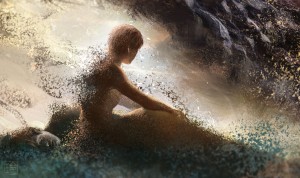
greydog: And finally, as we’ve got you here, where next for your writing? Tell us what we might be seeing from you in 2016.
victoria: My debut novel Bodies of Water is due out from Salt Publishing in May. And while we’re talking about women in horror, I should add that it has a very feminist flavour. I’ve just had stories published in Black Static and The Hyde Hotel and have a few others intended for anthologies later in the year.
laura: I’ve got a couple of short stories coming out in anthologies in the coming months, which is nice, including the title story in NewCon Press’ 10-year anniversary collection ‘Obsidian’, which features a whole load of great horror stories by female writers. I’m also planning to write a novel, although I’ve been saying that for at least two years now…
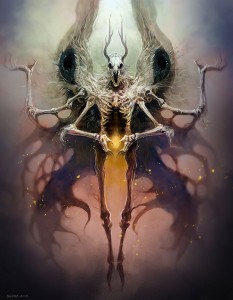
greydog: Many thanks to both of you for taking part. We hope listeners will seek out some of the names you mentioned – as well as your own work, naturally.
####
Some of the art today is by the fabulous Reiko Murakami, and you really should visit her site to see more – raqmo. The previous Scary Women, with Anita Stewart and Clarissa Johal, can be found here – scary women.
Victoria, writing as V H Leslie, has a blog you can check out, v h leslie. Laura can be found here, the crunchiest blanket .And as mentioned, Nina Allan‘s essay, which is a great read, is here – where are we going?
Next week on greydogtales, we have lurchers, lighthouses and more weird things than you can possibly imagine (please note: this is not a legally binding statement).
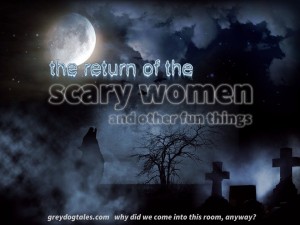
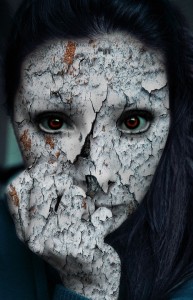
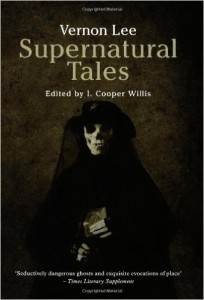

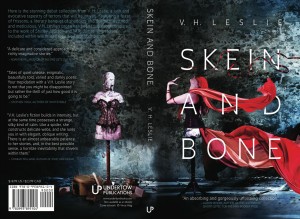

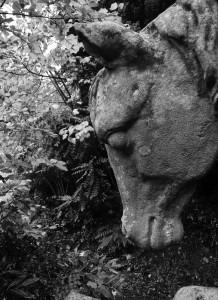
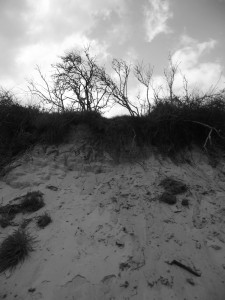
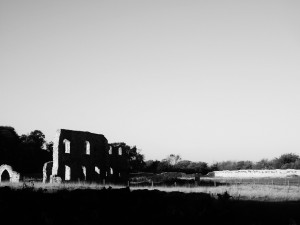

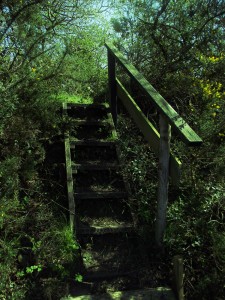
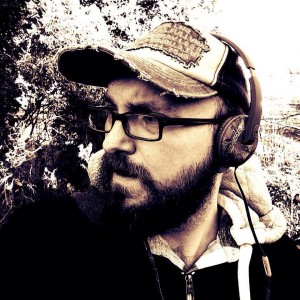

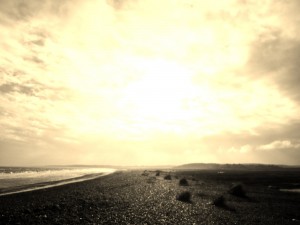
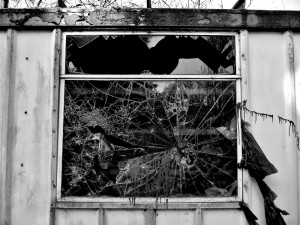
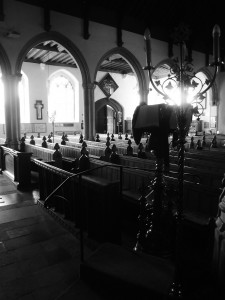

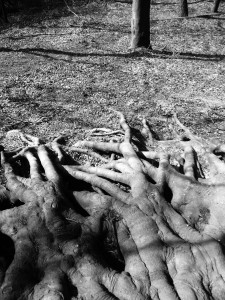
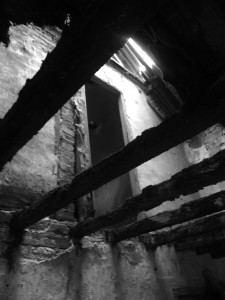
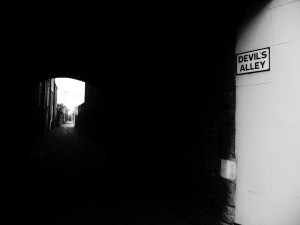

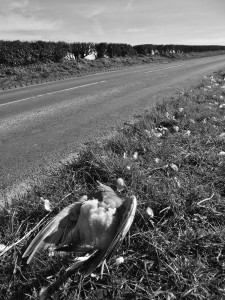
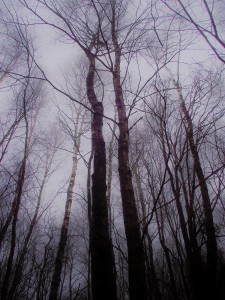
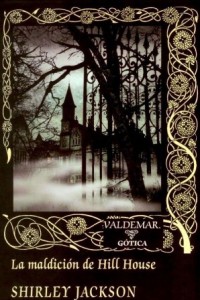
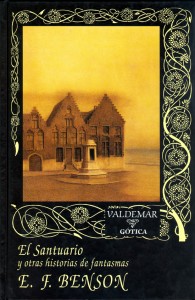
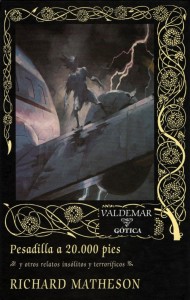
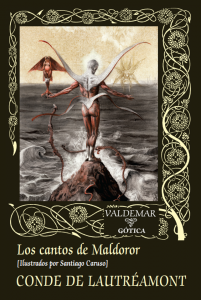


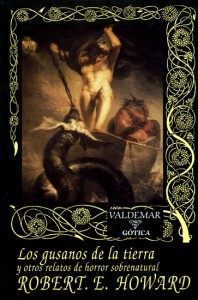
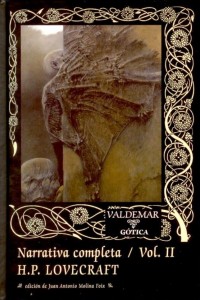

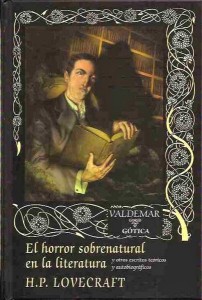
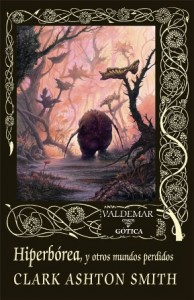
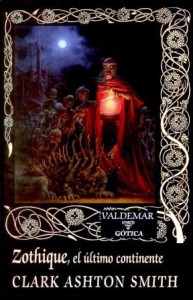
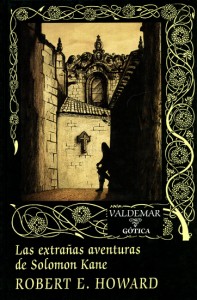
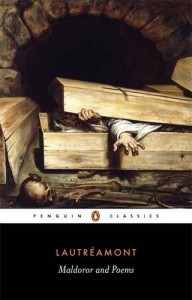 the songs of maldoror
the songs of maldoror
